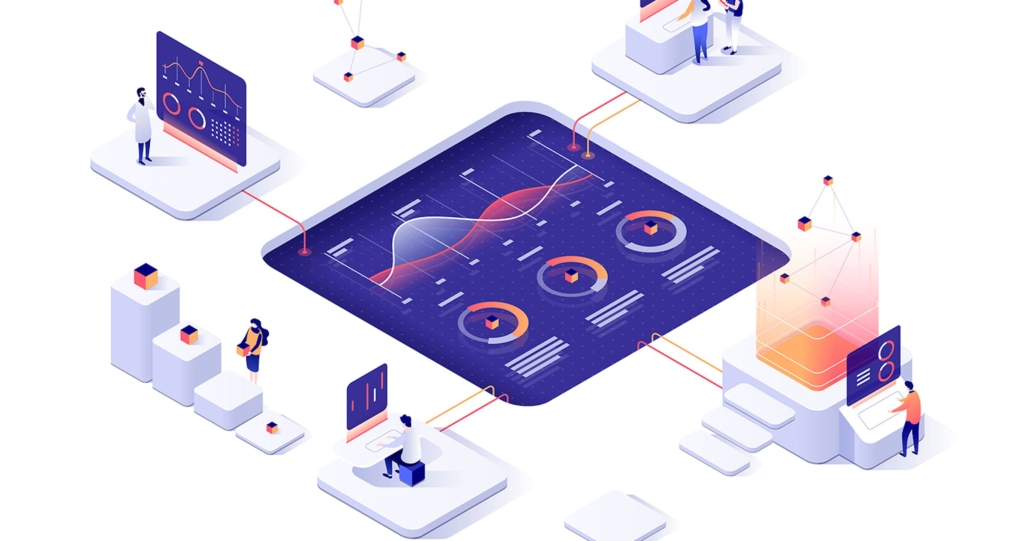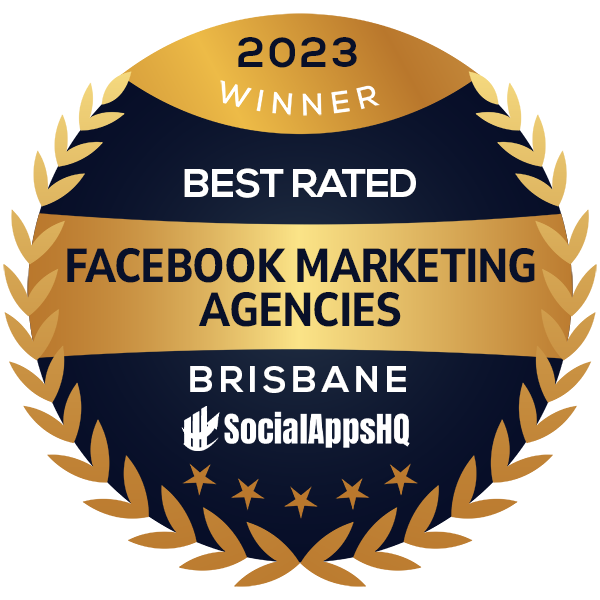Marketing automation, an essential tool for modern businesses, might just be the game-changer your small business needs. As a small business owner, you’re likely juggling various tasks – from inventory and staff management to customer service, all while striving for growth. Amidst this bustle, marketing efforts can unintentionally take a back seat. But imagine if there was a way to make these efforts more streamlined, time-efficient, and effective. This is where marketing automation steps in. Now, you might be wondering, what exactly is it? Let’s demystify this tool and simplify your journey to success.
What is Marketing Automation?
Marketing automation is about using software to automate marketing tasks that would usually take up a lot of your time. We’re talking about things like email campaigns, social media posts, and even lead generation. By automating these tasks, you can focus more on strategy and less on the day-to-day details.
Is Marketing Automation Suitable for Small Businesses?
Absolutely! Many small business owners in Australia are already using marketing automation to great success. With fewer staff members than big companies, it’s even more vital for small businesses to find efficient ways to get the job done. And don’t worry – it doesn’t have to be overly complicated or pricey.
Benefits of Marketing Automation
Marketing automation offers a range of benefits, including:
Saving Time: By automating routine tasks, you free up your time to focus on other crucial areas of your business.
Increasing Efficiency: Automation allows you to create a streamlined marketing campaign that works even when you’re sleeping.
Improving Customer Engagement: Automated follow-ups ensure that you’re constantly engaging with your customers, enhancing your relationship with them.
How to Get Started
Starting with marketing automation is simpler than you might think. Here’s a step-by-step guide to help you out:
Identify Your Needs: What tasks are consuming most of your time? What customer engagement opportunities are you missing out on? By answering these questions, you can decide what tasks to automate first.
Choose Your Software: There are numerous marketing automation tools available, so pick the one that fits your needs and budget. Remember, the best tool is the one that you’ll actually use! One that stands out in terms of price and value is Clixio.io.
Test, Tweak, Repeat: Once you’ve set up your automation, monitor its performance. The key to successful automation is regular tweaking and optimising.

Marketing automation tip: Maintain a personal touch. Not all customer interactions should be automated. Identify key touchpoints for valuable human interactions, balancing efficiency with connection.
Remember, Automation Doesn’t Replace Humans
Finally, it’s important to remember that automation is a tool, not a substitute for genuine human interaction. Automated emails can’t replace the warmth of a personalised message, and automated social media posts can’t replicate the authenticity of real-time engagement. Use automation to streamline your processes, but don’t forget the importance of personal touch.
Examples of Marketing Automation
Here are a few practical ways you can apply marketing automation to your business:
Email Marketing Automation: Send automated emails based on certain triggers. For instance, you can set up a welcome series for new subscribers, or a follow-up email after a customer makes a purchase.
Social Media Automation: Schedule your social media posts in advance and have them automatically published at optimal times for your audience.
Lead Scoring: This refers to the process of assigning points to each lead based on their behaviour or interaction with your brand. This can help you identify and focus on the leads that are most likely to convert into customers.
7. Tips for Effective Marketing Automation
If you’re just getting started with marketing automation, here are some tips to keep in mind:
Start Small and Scale Up: Don’t try to automate all your marketing efforts at once. Start with one or two tasks, evaluate the results, and then gradually incorporate more automation into your strategy.
Segment Your Audience: Marketing automation is most effective when messages are tailored to specific segments of your audience. Segment your audience based on factors like their interests, past purchases, or how they interact with your brand.
Monitor and Optimise: Keep a close eye on your automated campaigns. Are they bringing the results you hoped for? Use analytics to understand what’s working and what isn’t, then make adjustments as needed.
8. The Role of Content in Marketing Automation
Remember, successful marketing automation relies heavily on quality content. Whether it’s the emails you send, the social media posts you publish, or the ads you run, your content needs to be valuable, engaging, and relevant to your audience.
Invest in creating high-quality content that resonates with your target customers. This might involve writing informative blog posts, creating engaging videos, designing eye-catching infographics, or developing insightful e-books. The better your content, the more effective your marketing automation efforts will be.
Put Your Marketing on Autopilot with Done Digital
Marketing automation, once demystified, is not some jargon-mstfilled monster but a powerful tool in your arsenal. It’s here to streamline your processes, improve customer engagement, provide valuable insights into your customers’ behaviour, save your small business time, and improve efficiency. So, why not take the plunge? Remember to start small, continue tweaking, and never underestimate the power of good content. Your journey to success might be simpler than you think, and with marketing automation, it could well be a well-automated one too!
If you’re ready to put your marketing on autopilot and elevate your business to new heights, book a Free Strategy Session with our expert team. You can find more information on our Digital Marketing page.
Let us help you on your journey to marketing success and a thriving business!

 Done Digital
Done Digital Done Digital
Done Digital
